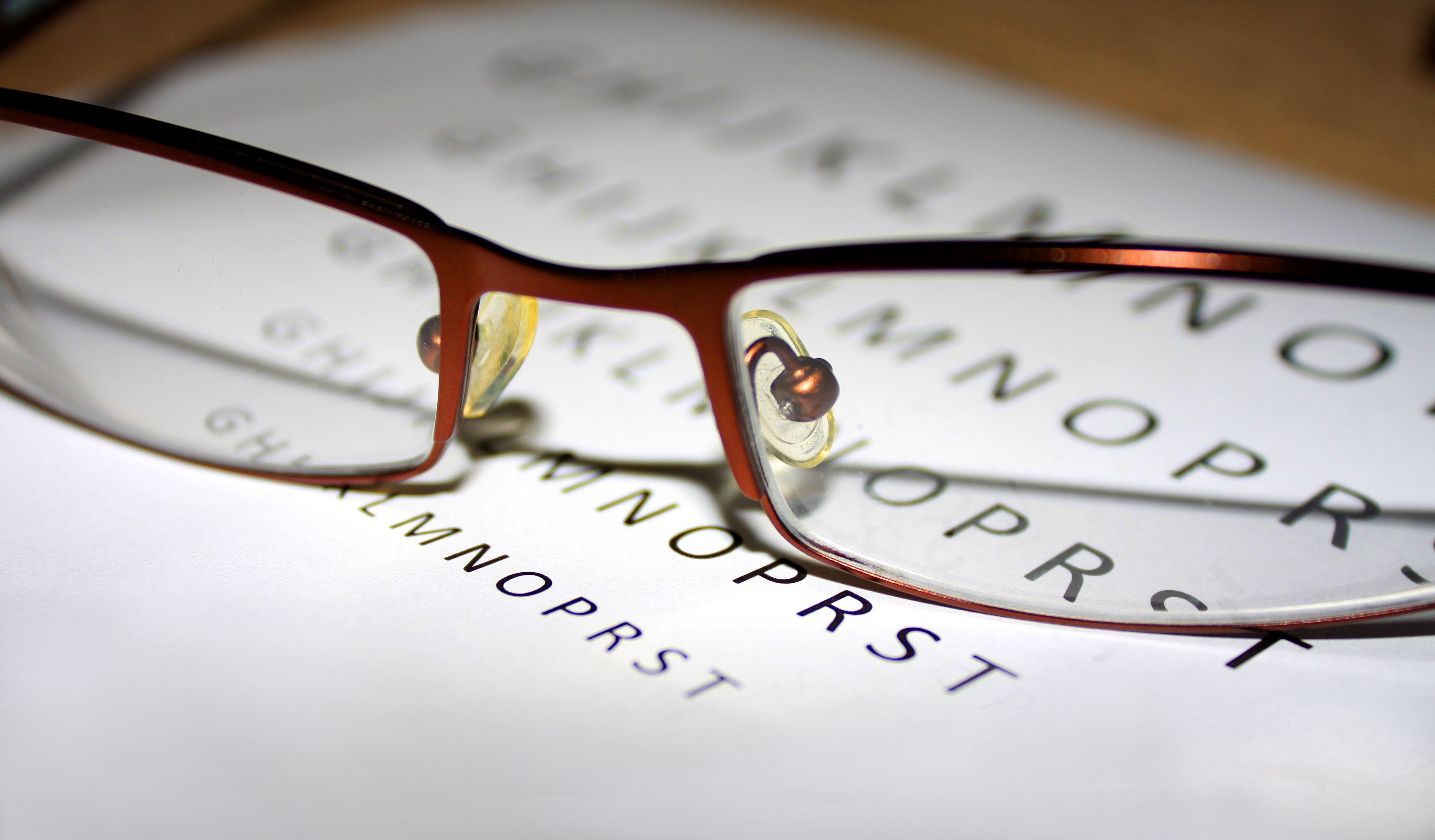Video
Goals of Therapy When Treating Diabetic Retinopathy
Jose Martinez, MD, and Robert Wong, MD, review treatment plans for patients with mild, moderate, and more severe forms of diabetic retinopathy.
Transcript
Jose Martinez, MD: For patients who present to us with diabetic macular edema that’s very mild, and their visual acuity is 20/20, studies have shown those patients do well if they’re observed, if they’re treated with laser, or if they’re treated with anti-VEGF injections in the eye. They have equal outcomes at 2 years, so it depends on the particular patient and what their needs are. That’s a conversation that you adjust their treatment if they have mild macular edema with good vision.
For patients, however, who have proliferative diabetic retinopathy, if it’s mild, we can often watch them closely, although there’s been a trend. Recent studies are showing that the earlier we intervene in these patients, even before they get any proliferative diabetic retinopathy or before they get any macular edema, we can reverse the degree of diabetic retinopathy to really keep patients from ever reaching that threshold of possible vision loss.
There’s a movement in our field, although it’s not generally accepted yet, to start treating patients earlier and earlier before they have symptoms, before they have any of these—what were previously considered high-risk findings on their eye exam.
Robert Wong, MD: For patients with mild to moderate diabetic retinopathy, they may not have any vision problems, so close observation is often recommended. However, I talk about lifestyle modification and the importance of controlling blood pressure and blood sugar, because this may reduce the risks of developing diabetic retinopathy.
At each visit, my focus is education. I want to teach them about their disease, and 1 of the things I find helpful is to show them the pictures that we took of their eye. I can’t tell you how many times that seeing retinal hemorrhages, ischemia, or even swelling in the retina brings the point home that there are problems going on, even if they don’t have visual loss. Oftentimes, patients come back with better-looking retinopathy and better glycemic control.
Follow-up for patients with mild to moderate diabetic retinopathy is about 6 to 12 months, depending on the severity of the disease.
Jose Martinez, MD: In patients with severe diabetic retinopathy, which could mean severe diabetic macular edema, typically if it involves the center of their vision and their vision is worse, we will initiate anti-VEGF therapy, which is a class of drugs that have been shown to be beneficial over the last 5 to 10 years through multiple studies with multiple drugs that reduce the amount of leakage in the back of the eye. They have a 40% chance of improving vision in these patients and reducing their macular edema.
Typically, these patients get injections in their eye once a month, anywhere from 8 times a year the first year to 5 times a year the second year; by the third year, they may need 1 to 3 injections. That controls the diabetic macular edema, and it’s the standard treatment nowadays for managing these patients. If patients end up with chronic macular edema, we’ll sometimes supplement those treatments with a form of corticosteroid injections into the eye that’s delivered with an intravitreal injection as well. Steroids have been seen to be beneficial in a subset of patients who have diabetic macular edema.
Historically, we used to use laser, and that is still used sometimes in patients, particularly those with non-center-involved diabetic macular edema, which is when there are puddles of fluid that spare the very center of vision, and these patients will often be treated with laser. For the most part, these anti-VEGF injections have supplanted treatment with laser in most patients with diabetic macular edema.
Patients with severe proliferative diabetic retinopathy typically get these injections as well, which causes the abnormal blood vessels in the back of the eyes to go away. This is then usually followed by a light laser to try to prevent them from coming back. We use the light pan-retinal laser, which used to be the standard treatment.





